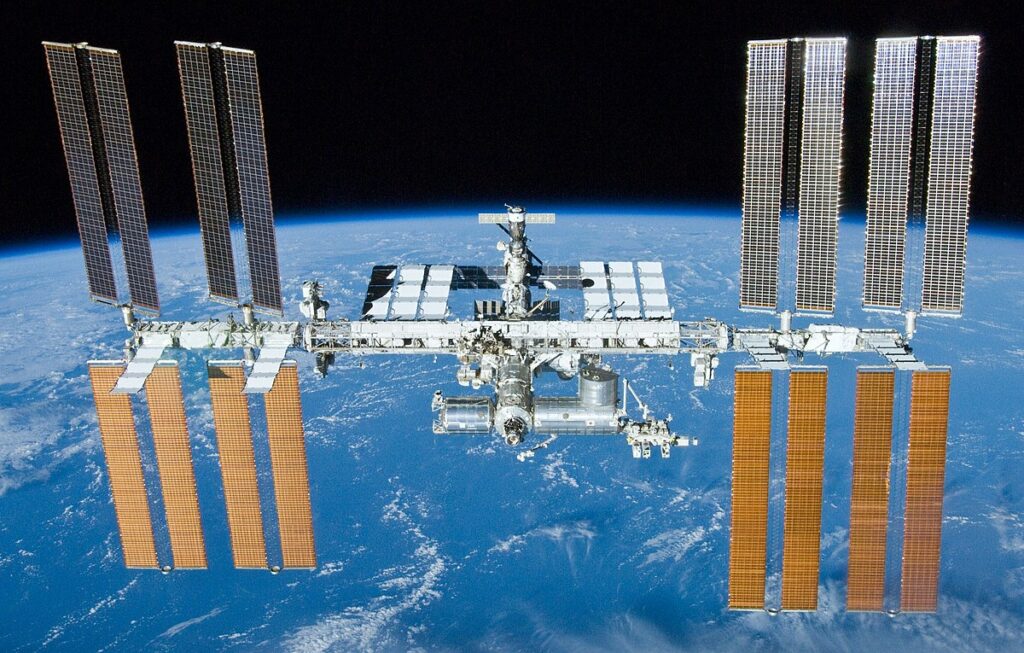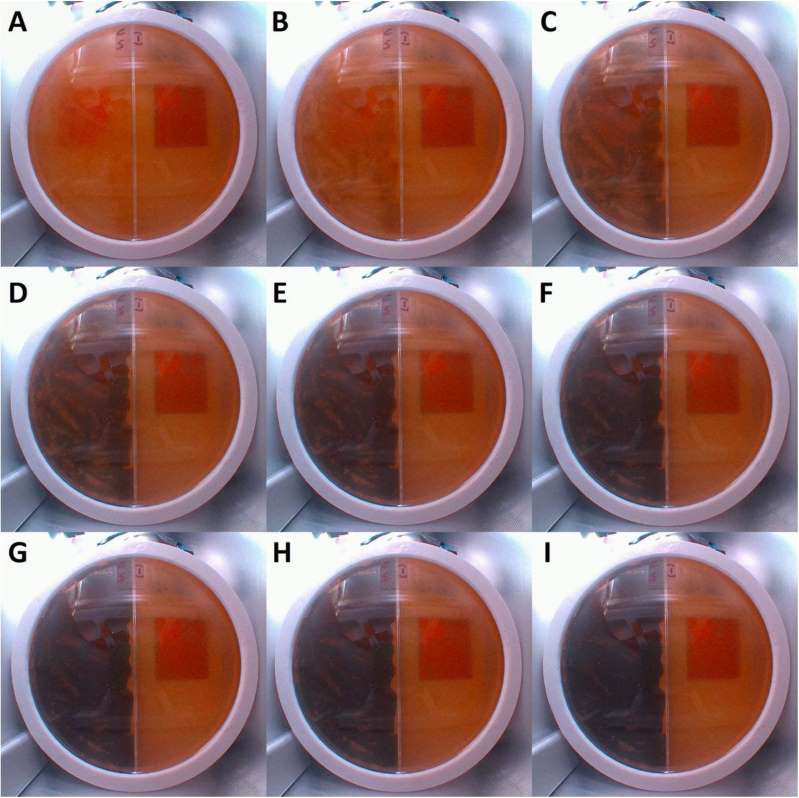A fungus found on the ruins of the Chornobyl nuclear power plant could protect astronauts from cosmic radiation, the greatest hazard for humans on deep-space exploration missions.

Scientists have long been trying to find solutions to the radiation caused by long-duration deep-space missions. Several options have been on the table including a Star Trek-like deflector shield and manufacturing radiation-shielding bricks made from the Martian regolith (soil).
The problem is starting to become urgent, as space agencies are getting serious about sending humans to the Moon by 2024 under the Artemis program and promises of crewed missions to Mars in the near future. A 360-day round trip to the red planet would expose unprotected astronauts to the equivalent of two-thirds of their allowable lifetime radiation exposure — simply put, it would be too much radiation for a safe journey.
But this could be prevented thanks to an extremophile fungus known as Cladosporium sphaerospermum. The organism was first discovered in 1886 and now it has been found growing in radioactive environments, including the cooling pools of the Chernobyl nuclear plant.
The fungus, melanized and radiothropic, is capable of converting radioactive energy into chemical energy, which it does using melanin pigments inside its cell walls. It is analogous to photosynthesis, in which plants convert energy from visible light to useful energy.
Considering the fungus’ appetite for radiation, Nils Averesch, a co-author of the study and a scientist at NASA Ames Research Center, created an experiment to establish how much radiation this organism might absorb while in space. He and his team also wanted to evaluate its suitability as a medium for a radiation shield.

The venue for the experiment was the International Space Station (ISS), which features a unique radiation environment not unlike the surface of Mars. The astronauts aboard the ISS divided a petri dish in half, one side with the fungus and the other one empty as he negative control. The fungi grew for 30 days, as the astronauts constantly monitored the radiation levels.
The results showed that the fungi were capable of adapting to the microgravity environment of low Earth orbit quickly and were able live off of the incoming radiation. The researchers found a 1.7-millimeter-thick layer of growth blocking radiation somewhere between 1.82% to 5.04% compared to the negative control group. Not only did the fungi survive — it thrived.
“In the experiment, we were able to prove that the fungus does not only thrive on ionizing radiation on Earth but also in space,” Averesch said in a press release. “In addition to not being destroyed by the radiation… the fungus does, in fact, reduce radiation of the measured spectrum.”
The researchers agree that a fungal lawn measuring 8.2 inches (21 centimeters) thick could “could largely negate the annual dose-equivalent of the radiation environment on the surface of Mars,” as they wrote in the study. The fungus is ranked as “among the most effective radiation attenuators.” The fungus is a self-sustaining, self-replicative substrate capable of living off even the smallest doses of radiation and biomass, the researchers found. It can also be grown on many different carbon sources, such as organic waste.
It’s a promising solution for astronauts in space, but more tests will be needed to confirm these results.
The study was published in the journal bioRxiv.






